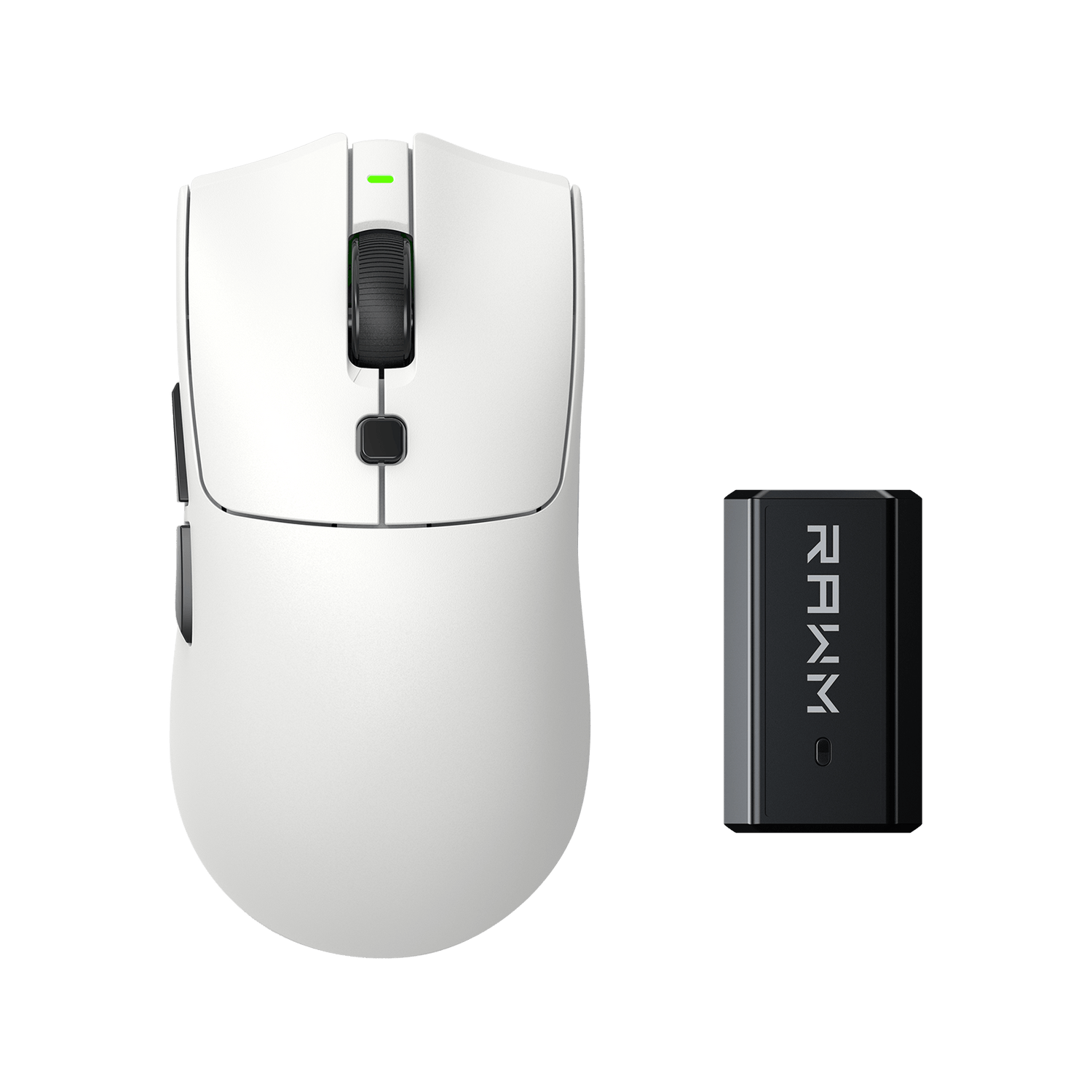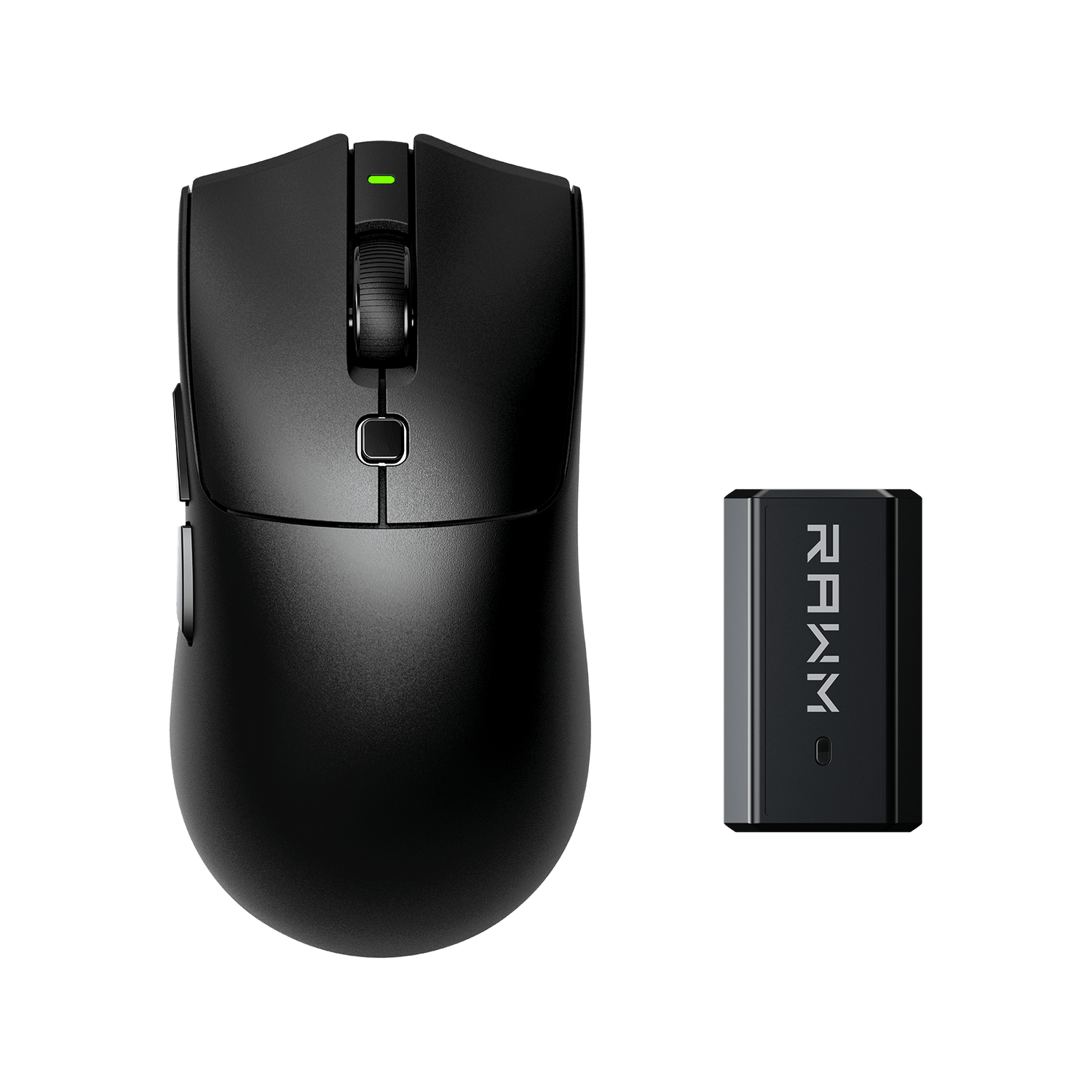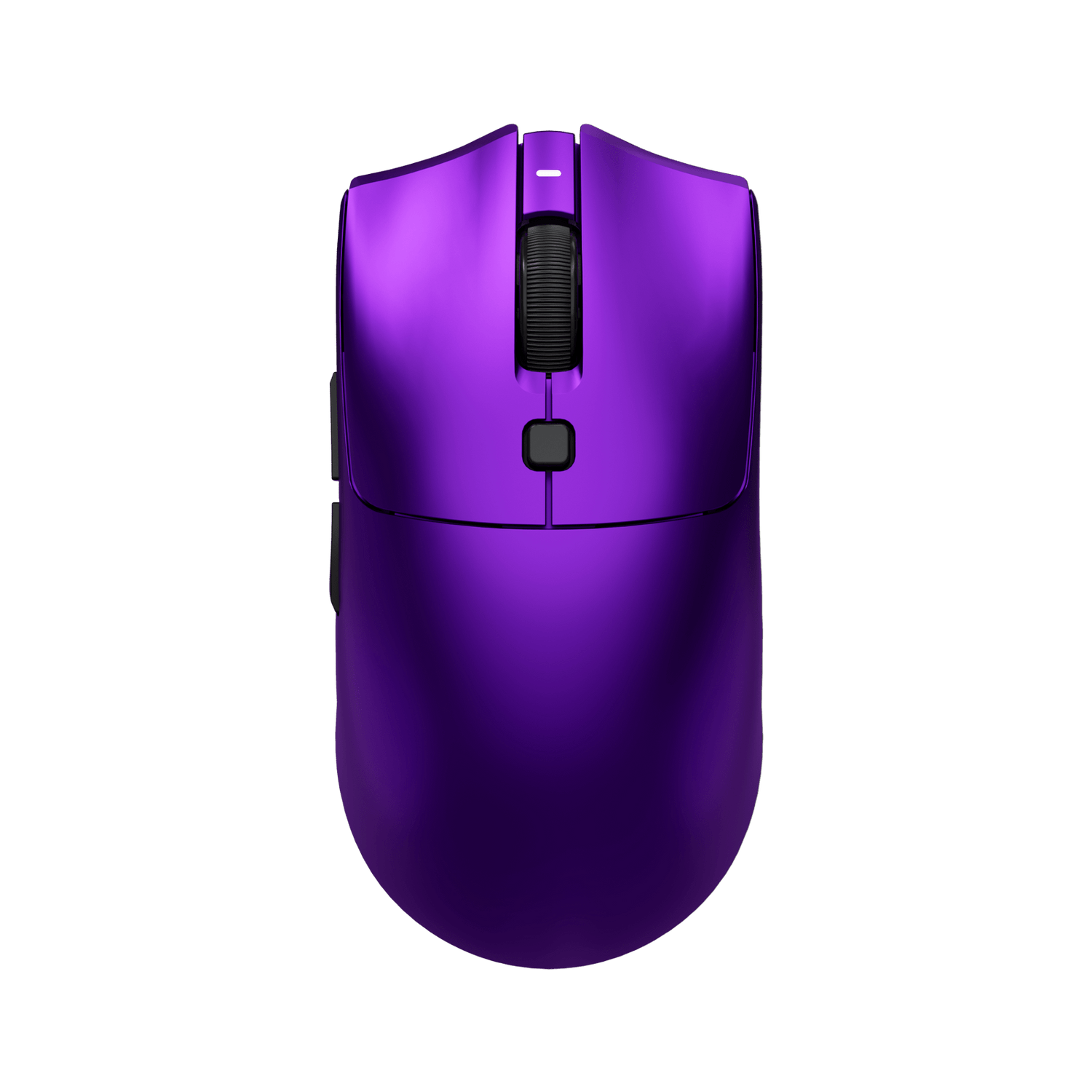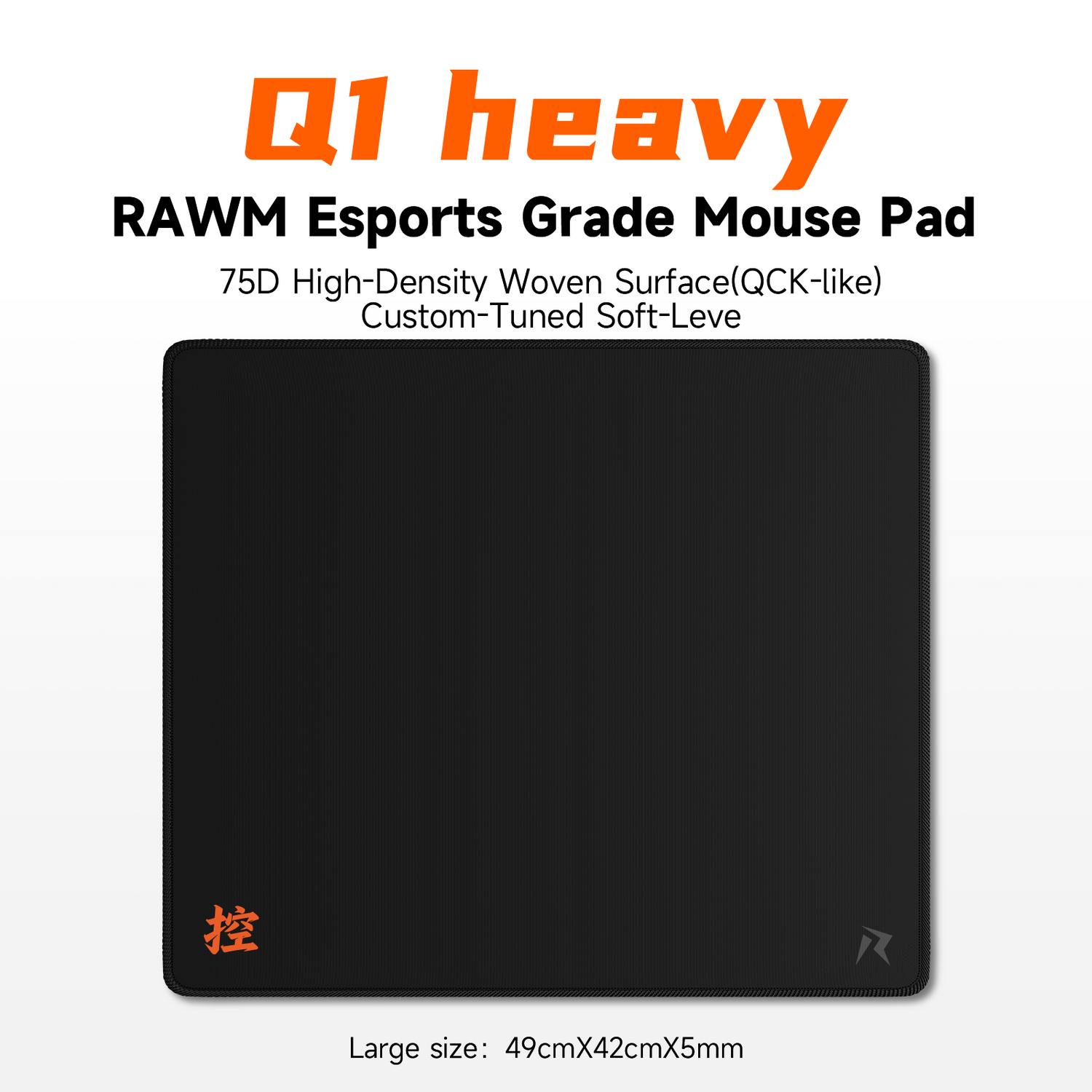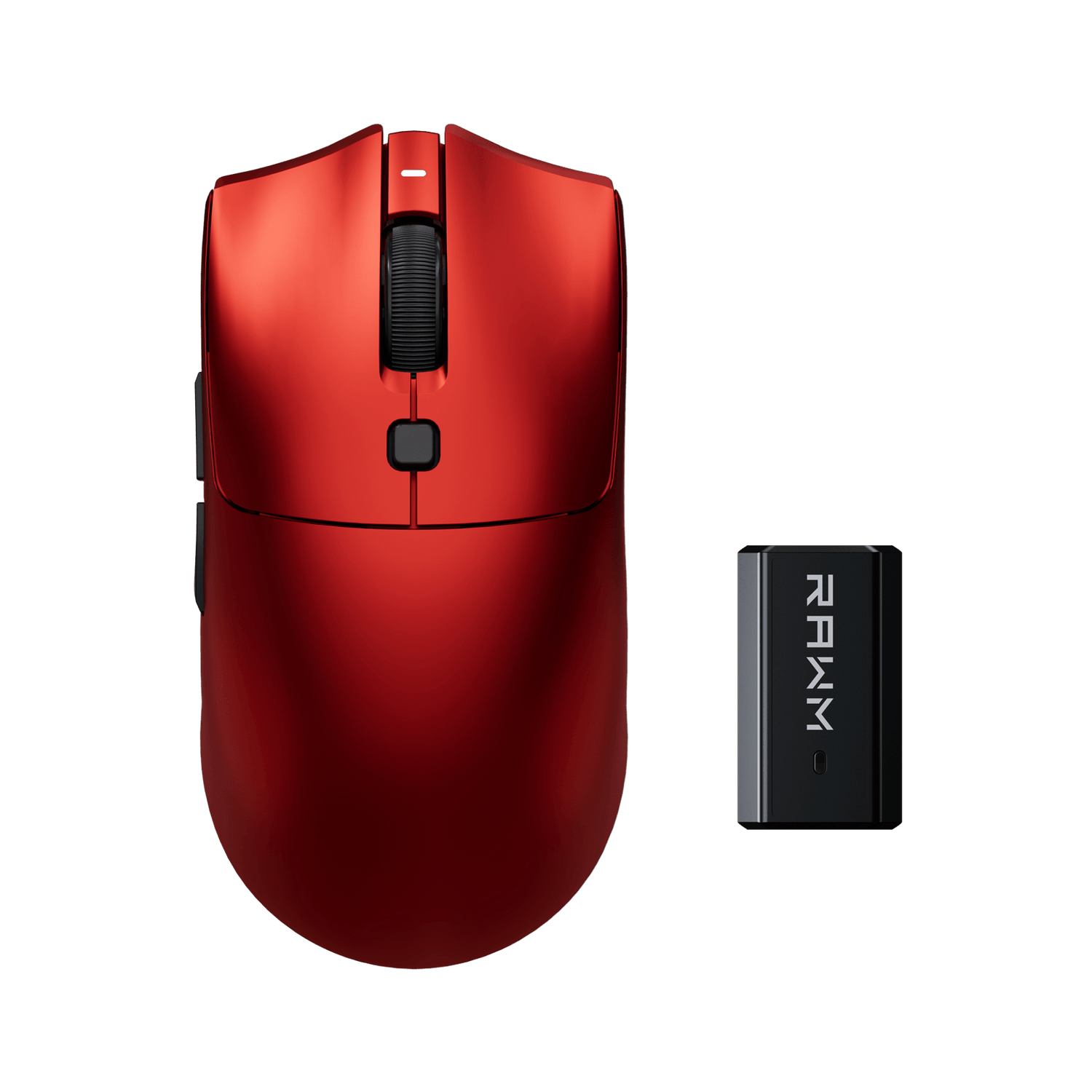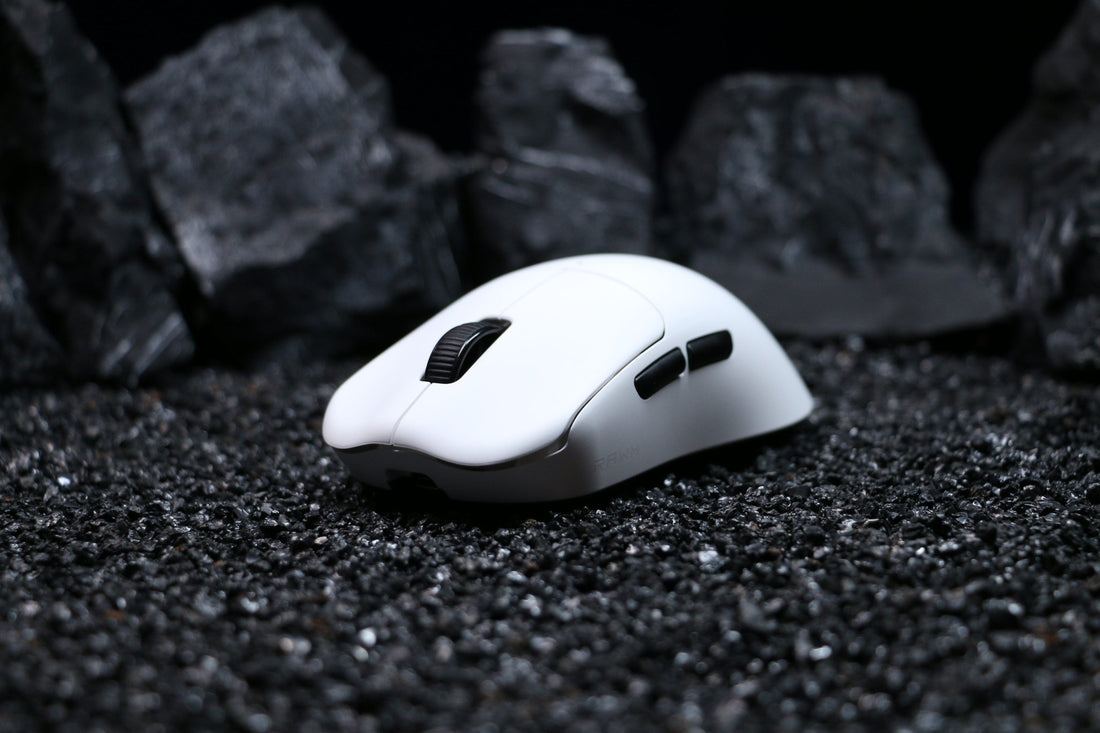
Can I reduce lift‑off distance via software?
1. Lift-Off Distance in a Reduce Lift-Off Distance Gaming Mouse Setup
2. How Software Helps Reduce Lift-Off Distance Gaming Mouse Tracking
3. Hardware vs. Software: Which Has More Impact on Reduce Lift-Off Distance Gaming Mouse Performance?
4. How to Properly Test and Reduce Lift-Off Distance Gaming Mouse Accuracy
5. External Factors Affecting Reduce Lift-Off Distance Gaming Mouse Performance
6. Is It Worth Trying to Reduce Lift-Off Distance Gaming Mouse Settings Too Low?
The reduce lift-off distance gaming mouse question is one that’s been on the minds of competitive players for years. Whether you’re an FPS enthusiast or a precision-based designer, controlling how your mouse tracks when lifted off the surface can make a world of difference.
Lift-off distance (LOD) refers to how high you can lift your mouse before the sensor stops tracking. For example, a high LOD may cause unwanted cursor drift when you reposition the mouse mid-game — a nightmare during clutch moments in Valorant, CS2, or Apex Legends.
So, can you reduce lift-off distance gaming mouse performance issues using software alone? The short answer is yes — to an extent.
1. Lift-Off Distance in a Reduce Lift-Off Distance Gaming Mouse Setup
Before you can effectively reduce lift-off distance gaming mouse behavior, it’s crucial to understand what lift-off distance actually measures.
| LOD Level | Distance (mm) | Effect on Gameplay | Best For |
|---|---|---|---|
| Low (1–1.5 mm) | Minimal tracking on lift | High accuracy, faster flicks | FPS, competitive gaming |
| Medium (1.6–2 mm) | Slight movement tolerance | Balanced control | General gaming, productivity |
| High (2.1–3 mm) | More cursor drift | Smooth glide for larger pads | Casual use or MMO gaming |
In a reduce lift-off distance gaming mouse, the ideal LOD is typically below 2 mm, ensuring precise tracking without introducing jitter or unintentional cursor drift.
Most optical sensors — like the Pixart 3395 or 3950 — use surface reflection data to determine when the mouse leaves contact with the pad. Manufacturers tune these sensors differently, which is why two mice with identical specs can feel completely distinct in use.
2. How Software Helps Reduce Lift-Off Distance Gaming Mouse Tracking
Modern gaming peripherals allow users to reduce lift-off distance gaming mouse tracking through companion software suites such as Razer Synapse, Logitech G HUB, or RAWM Control Hub.
These tools provide slider-based LOD adjustment or automatic calibration features that measure the mouse pad’s reflectivity. When you adjust these values, you’re essentially telling the sensor’s firmware when to stop reporting movement.
Typical software-based adjustment process:
-
Open your mouse configuration software.
-
Locate Lift-Off Distance or Surface Calibration settings.
-
Choose between Low, Medium, or High sensitivity.
-
Apply and test across your favorite games.
While these tools are extremely effective, they depend heavily on the sensor hardware inside your mouse. Entry-level devices with older laser sensors may not respond accurately to software calibration, which limits how much you can truly reduce lift-off distance gaming mouse results.
3. Hardware vs. Software: Which Has More Impact on Reduce Lift-Off Distance Gaming Mouse Performance?
Software fine-tuning can certainly help, but the reduce lift-off distance gaming mouse optimization primarily comes from the hardware side — particularly the sensor lens design and firmware algorithms.
For instance, modern gaming mice equipped with Pixart optical sensors and Nordic wireless chips offer deeper customization and higher accuracy at lower LOD levels.
A prime example is the RAWM ER21PRO, a lightweight wireless mouse built for competitive shooters. It integrates a high-precision Pixart 3950 sensor with proprietary firmware that minimizes lift-off distance variability. This means even if you tweak the settings via software, the baseline hardware already guarantees exceptional precision.
In comparison, budget laser-based mice often exhibit higher LOD because the laser penetrates deeper into the surface texture, confusing the sensor during lift-off.
So while you can tweak things in software, the hardware ceiling determines the limit of what’s possible.
4. How to Properly Test and Reduce Lift-Off Distance Gaming Mouse Accuracy
To ensure your settings are ideal, you can easily test your reduce lift-off distance gaming mouse configuration at home.
Step-by-step testing method:
-
Prepare your setup – Clean your mouse pad and ensure consistent lighting.
-
Place a thin object (e.g., coins or credit cards) under your mouse while lifting it gradually.
-
Observe when tracking stops – that’s your LOD in millimeters.
-
Adjust in software, then repeat until you find the sweet spot.
You can also use tools like Enotus Mouse Test, MouseTester, or RAWM Control Hub Diagnostics to monitor LOD behavior. These utilities help visualize how consistent your lift-off threshold is.
If your mouse supports surface tuning (like the ER21PRO does), you can calibrate it directly for your preferred mouse pad. This pairing can further reduce lift-off distance gaming mouse inconsistency caused by pad materials.
5. External Factors Affecting Reduce Lift-Off Distance Gaming Mouse Performance
Even with the best hardware and software, several external variables influence your reduce lift-off distance gaming mouse results:
-
Mouse Pad Material: Cloth pads absorb light differently than hard pads, directly impacting sensor height sensitivity.
-
Dirt and Dust: Debris between your pad and lens can create false readings, raising LOD unintentionally.
-
Lighting Conditions: Infrared sensors (common in optical mice) can react to strong ambient light sources.
-
Firmware Updates: Manufacturers occasionally release LOD tuning improvements — keeping your software updated is crucial.
A simple maintenance routine — cleaning your pad, lens, and checking calibration every few weeks — can prevent unwanted drift or jitter.
6. Is It Worth Trying to Reduce Lift-Off Distance Gaming Mouse Settings Too Low?
While a low lift-off distance is desirable, over-reducing it can also introduce tracking problems.
If your mouse stops tracking too quickly, you may find it cuts out during micro-adjustments or angle changes. This can be especially problematic for low-sensitivity players who rely on large sweeping movements.
A balanced reduce lift-off distance gaming mouse setup ensures the sensor disengages just above the surface without sacrificing stability. For most players, 1.5–2 mm remains the golden range.
Remember: a consistent, predictable feel trumps the absolute lowest number on paper.
Mastering the Art to Reduce Lift-Off Distance Gaming Mouse Precision
If you’ve ever struggled with inconsistent tracking or erratic cursor movement during fast flicks, it’s time to fine-tune your setup. Using software calibration, surface tuning, and modern hardware like the RAWM ER21PRO, you can effectively reduce lift-off distance gaming mouse performance issues and elevate your competitive control.
A carefully optimized LOD not only boosts accuracy but also enhances comfort, reducing muscle fatigue during long gaming sessions.
So, take a few minutes to calibrate, test, and fine-tune. Your mouse deserves it — and your aim will thank you.
Have you experimented with software calibration to reduce lift-off distance gaming mouse tracking? What LOD settings feel most natural for your playstyle — ultra-low, medium, or high? Share your thoughts below!
>>See also How to judge shape via ELOshapes? >>>>>




